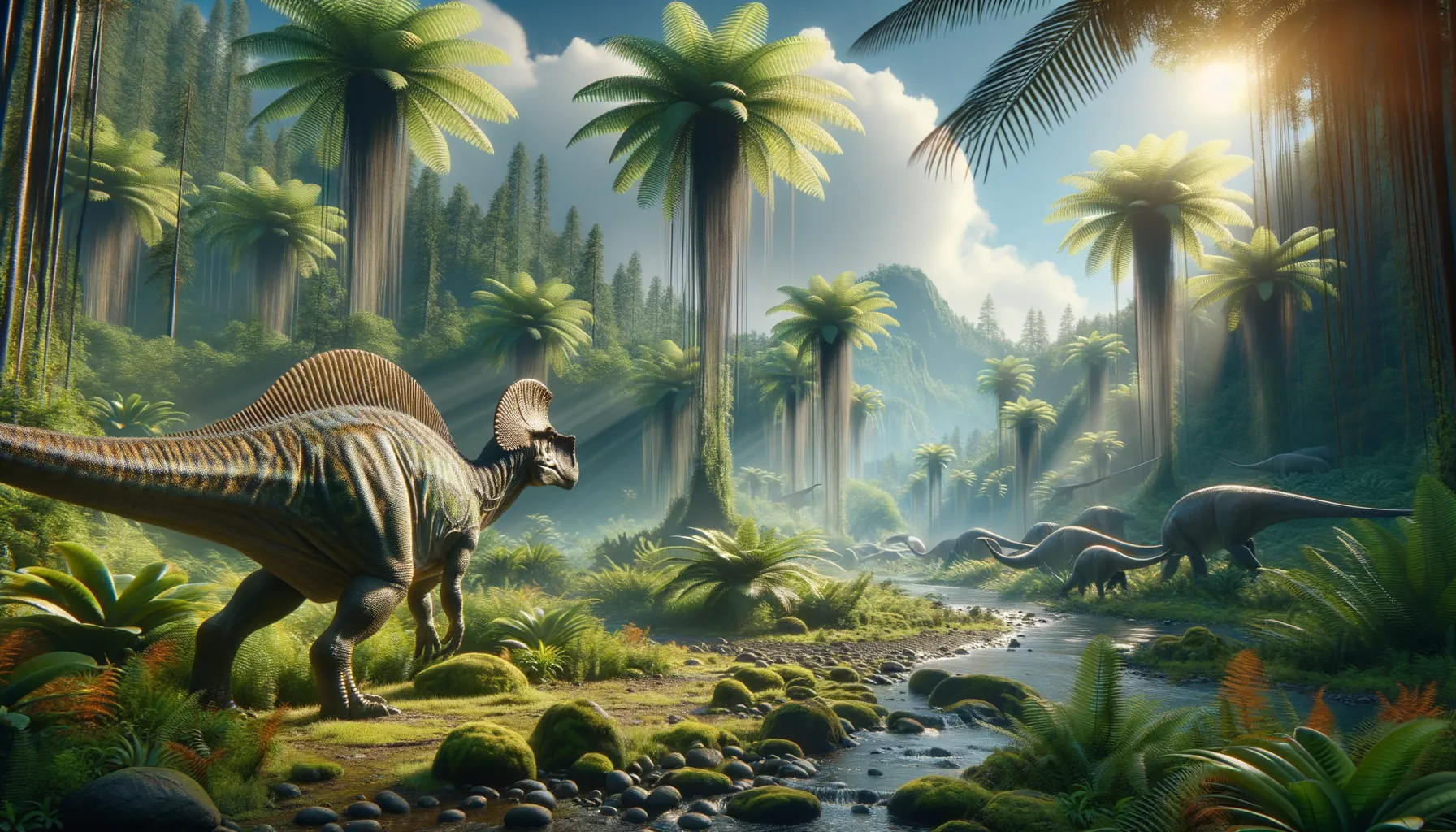
Claorhynchus
Discover the unknown with each fossil clue.
Period
Unknown
Length
Unknown
Height
Unknown
Weight
Unknown
Claorhynchus does not appear in the scientific records of dinosaurs, indicating that it might be a misidentified or incorrect name. As such, there is limited information available about its characteristics, period of existence, or ecological role. Paleo-research relies heavily on thorough documentation and examination of fossils, which means every named species must have concrete evidence backing its existence. It’s essential to delve into verified sources to ensure accuracy in paleontological data.
Diet
The diet of Claorhynchus is not specified due to lack of fossil evidence. In general, dinosaur diets varied greatly, with some being herbivores, carnivores, or omnivores.
Hunting
Hunting behavior of Claorhynchus cannot be determined. Dinosaurs that did hunt used a variety of strategies, depending on their physical adaptations and ecological niche.
Environmental challenges
Without specific fossils and data, the environmental challenges faced by Claorhynchus cannot be accurately described. Dinosaurs, in general, encountered challenges such as climate changes, geographical shifts, and ecological competition. Understanding these challenges requires detailed fossil records and corresponding environmental data.
Speed
Details on the speed of Claorhynchus are not well-documented.
Lifespan
Information about the lifespan of Claorhynchus is currently unclear.
First discovery
There is no fossil record of a dinosaur named Claorhynchus.
Fun Facts
- Claorhynchus is a name that sounds like it belongs to a dinosaur family, but there's actually very little known about it!
- The name 'Claorhynchus' is believed to mean 'shocked snout', although there's a lot of mystery around its origins.
- Despite the intriguing name, Claorhynchus may actually be a case of mistaken identity or a small fragmentary fossil that hasn't been fully classified yet.
- Discoveries related to Claorhynchus were made in the 19th century, during the early years of paleontology, when many new finds were hurriedly and sometimes incorrectly named.
- Some experts consider Claorhynchus a 'nomen dubium', meaning it's a name given to fossils that aren't distinct enough to ensure they're a new species.
- The history of Claorhynchus highlights the sometimes confusing and complex work paleontologists face as they try to classify and understand ancient life.
- Claorhynchus serves as a reminder of the ongoing puzzles that exist in paleontology, where not all names stuck through years of research end up in the dinosaur exhibit.
Growth and Development
Specific information on the growth and development of Claorhynchus is unavailable. Generally, dinosaur growth rates vary widely, with some undergoing rapid growth spurts during particular life phases. Fossils can provide insights into growth through the analysis of bone structures.
Habitat
The habitat of Claorhynchus is unspecified. Dinosaurs inhabited diverse environments ranging from lush forests to arid deserts, depending on their adaptation and period they lived in.
Interaction with other species
Information on interactions involving Claorhynchus and other species cannot be provided. Dinosaurs interacted in various ways, sometimes coexisting with similar species or competing for resources.
Natural lifespan
The natural lifespan of Claorhynchus remains unknown due to insufficient fossil evidence.
Reproduction
Reproduction details for Claorhynchus are unavailable. However, many dinosaurs were oviparous, meaning they laid eggs, and employed different strategies for the care and protection of their offspring.
Social behaviour
Due to the lack of fossils, social behaviors of Claorhynchus are not documented. Social behavior in dinosaurs could range from solitary to highly social species, much like modern animals.
Fossil locations
Fossil evidence for Claorhynchus has not been recorded or confirmed, suggesting potential confusion or misidentification. Proper paleontological records for confirmed dinosaurs typically include specific locations where fossils have been excavated and studied.
